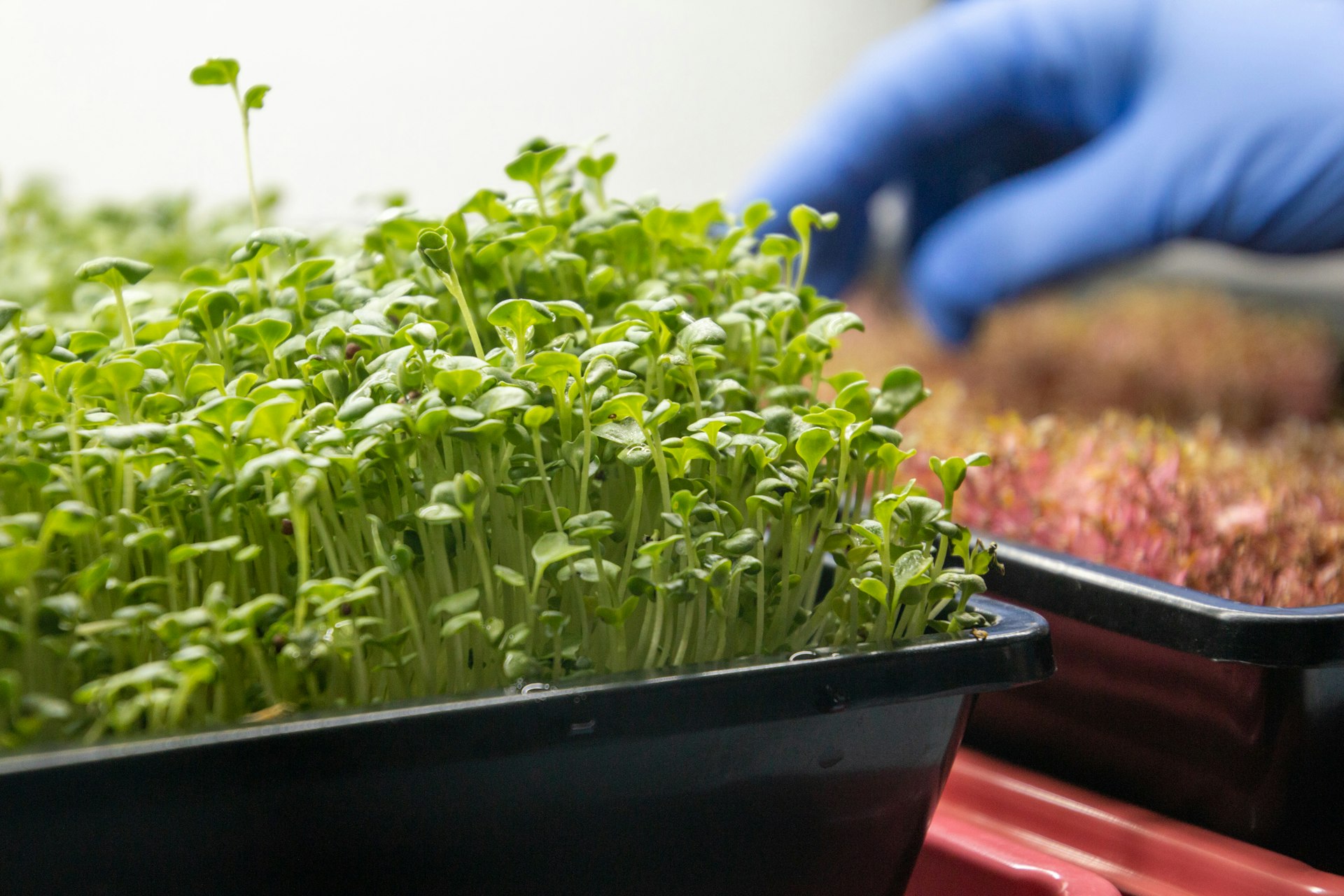Unlocking Tradition: Comprehensive Guide to Traditional Fermentation Techniques for Food Innovation

Photo by Liv Kao on Unsplash
Introduction to Traditional Fermentation Techniques
Fermentation is an ancient bioprocess that harnesses the power of microorganisms-primarily bacteria, yeasts, and molds-to transform foods and beverages. With a legacy spanning over 6,000 years, traditional fermentation remains integral to the preservation, flavor enhancement, and nutritional improvement of diverse food products. Today, these techniques are increasingly valued for their ability to create unique flavors, support local food culture, and offer natural preservation methods [1] .
Core Types of Traditional Fermentation
Traditional fermentation encompasses several core methods, each distinguished by the predominant microorganisms and their metabolic processes. The three principal categories are:
- Lactic Acid Fermentation: Driven by lactic acid bacteria (LAB), this method is foundational for foods like sauerkraut, kimchi, and yogurt. LAB convert sugars into lactic acid, lowering pH, inhibiting spoilage, and imparting characteristic sour flavors [1] .
-
Fungal Fermentation:
Utilizes molds and yeasts for products such as tempeh, soy sauce, bread, and alcoholic beverages. Yeasts (notably Saccharomyces cerevisiae) facilitate the transformation of sugars into ethanol and CO
2
, crucial for beer, wine, and leavened bread [1] . - Alkaline Fermentation: Common in African and Asian cuisines, this process involves bacteria that produce ammonia or alkaline compounds, resulting in milder flavors and altered textures in foods like natto and certain fermented soy products [1] .
Wild Fermentation vs. Culture-Dependent Fermentation
Traditional fermentation can be achieved via two main approaches:
- Wild Fermentation (Spontaneous): Relies on indigenous microflora present in raw ingredients or the environment. Examples include sauerkraut and kimchi, where native bacteria initiate fermentation without added cultures. This method results in products with distinct local character and microbial diversity [1] .
- Culture-Dependent Fermentation: Utilizes starter cultures-either naturally propagated (such as backslopping from a previous batch) or commercially selected-to standardize results and ensure consistent flavor profiles. Sourdough bread and yogurt are common examples [1] .
Each approach offers benefits: wild fermentation emphasizes terroir and variety, while culture-dependent methods improve reproducibility and quality control.
Step-by-Step Implementation: Getting Started With Traditional Fermentation
To practice traditional fermentation techniques, follow these actionable steps:
- Select Raw Materials: Choose high-quality, fresh ingredients. For wild fermentation, prioritize organic produce with intact skins for maximal microbial diversity.
- Prepare Ingredients: Clean but do not sterilize produce. Cut, shred, or mash as appropriate for the chosen product (e.g., cabbage for sauerkraut).
- Add Salt or Water: For lactic acid fermentation, mix in salt to draw out juices and create an anaerobic environment. For brined products, submerge vegetables completely.
- Fermentation Vessel: Use food-grade glass, ceramic, or stainless steel containers. Avoid plastics that can leach chemicals.
- Monitor Conditions: Store vessels at appropriate temperatures (typically 18-22°C for vegetables). Ensure the environment is anaerobic to prevent mold growth.
- Timing: Fermentation duration varies: sauerkraut may take 2-4 weeks, while yogurt requires only 6-12 hours. Taste periodically to assess readiness.
- Storage: Once desired flavor is achieved, refrigerate or store in a cool place to slow fermentation and preserve quality.
For culture-dependent fermentation, source verified commercial starter cultures from reputable suppliers. If using backslopping, ensure hygiene to prevent contamination.
Practical Applications and Real-World Examples
Across the globe, traditional fermentation is employed to create beloved foods:
- Beer and Wine: Yeast-driven fermentation transforms grains and grapes into alcoholic beverages. Each region’s local yeast strains contribute unique flavors [3] .
- Yogurt and Cheese: Starter cultures of LAB ferment milk, improving digestibility and shelf life [3] .
- Tempeh: Fungal fermentation using Rhizopus oligosporus produces a protein-rich, umami-packed soy cake, widely used in Indonesian cuisine [3] .
- Sourdough Bread: Natural yeasts and bacteria from flour and the environment leaven bread and develop complex flavors [1] .
Fermented foods often reflect local biodiversity and cultural history, making them central to gastronomic identity [4] .
Benefits of Traditional Fermentation
Traditional fermentation offers several documented benefits:
- Enhanced Nutrition: Fermentation can increase vitamin content, improve bioavailability of minerals, and reduce anti-nutrients [3] .
- Flavor Development: Microbial metabolism produces unique flavor compounds, contributing depth and complexity [4] .
- Natural Preservation: Organic acids, ethanol, and other byproducts inhibit spoilage organisms, extending shelf life without artificial additives [1] .
- Digestibility: Fermentation can break down complex carbohydrates and proteins, making foods easier to digest [5] .
Challenges and Solutions in Traditional Fermentation
While traditional fermentation is accessible, practitioners may face challenges:
- Contamination Risk: Wild fermentation may allow unwanted microbes to proliferate. Solution: Maintain cleanliness, monitor pH, and use salt appropriately.
- Batch Variability: Spontaneous fermentation can yield different flavors and textures across batches. Solution: Document conditions and consider starter cultures for more consistency.
- Temperature Fluctuations: Unstable temperatures can slow or halt fermentation. Solution: Use insulated containers or temperature-controlled environments.
For those seeking standardized results, culture-dependent techniques offer greater control, while wild fermentation rewards experimentation and local adaptation.
Alternative Approaches and Innovations
Beyond traditional methods, fermentation technology is advancing rapidly. Biomass fermentation uses fast-growing microorganisms to produce alternative proteins en masse, such as Quorn’s fungal-based products, while precision fermentation employs engineered microbes to create functional ingredients like enzymes and flavor agents [5] . These innovations build upon the foundational principles of traditional fermentation and expand their potential for food sustainability and innovation.
Accessing Resources and Further Learning
If you are interested in learning more or pursuing professional applications of fermentation, consider these steps:

Photo by noe fornells on Unsplash
- Search for workshops and courses on traditional fermentation through local agricultural extension offices or culinary schools.
- Consult academic resources such as PubMed Central or reputable institutes like The Good Food Institute for research and practical guides [1] , [3] .
- Purchase starter cultures only from recognized suppliers to ensure quality and safety.
- Network with community food groups, fermentation clubs, or regional food heritage organizations to share knowledge and resources.
If links to specific government programs or accredited organizations are needed, search for the agency or institution name via its official website to verify access and eligibility-avoid relying on unverified web addresses.
Key Takeaways
Traditional fermentation techniques continue to shape global food culture, offering sustainable, health-enhancing, and flavor-rich solutions. Whether you choose wild or culture-dependent methods, careful attention to process and hygiene will yield rewarding results. As the field evolves, new technologies build on these traditions, unlocking even greater possibilities for food innovation and nutrition.
References
- [1] PMCID: PMC7823516 (2021). Fermentative Foods: Microbiology, Biochemistry, Potential Human Health Effects.
- [2] Wikipedia (2025). Fermentation.
- [3] The Good Food Institute (2023). What is fermentation for alternative proteins?
- [4] Nordic Food Lab (2012). Fermentation: Traditional Biotechnology.
- [5] The Good Food Institute (2025). The science of fermentation.
MORE FROM hotondeals.com













